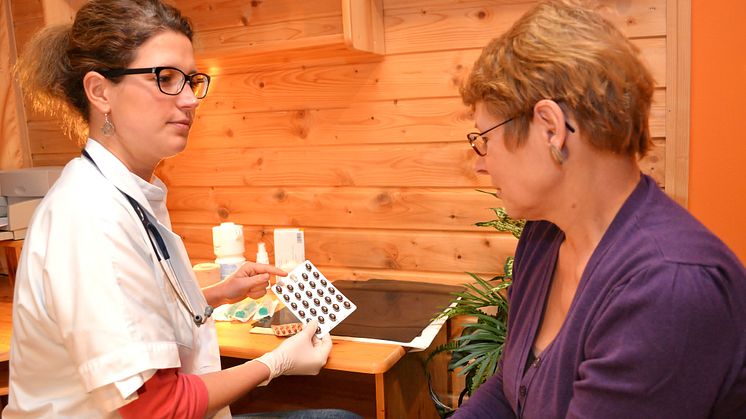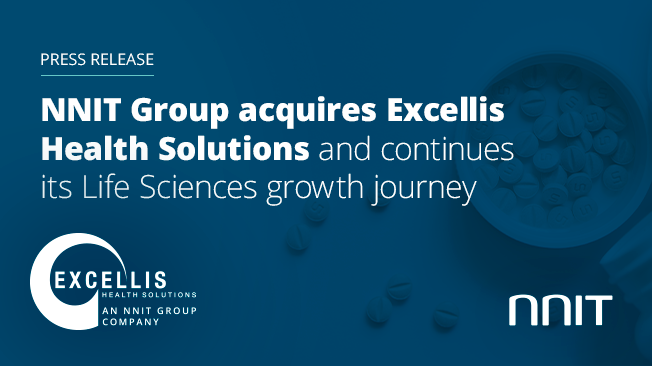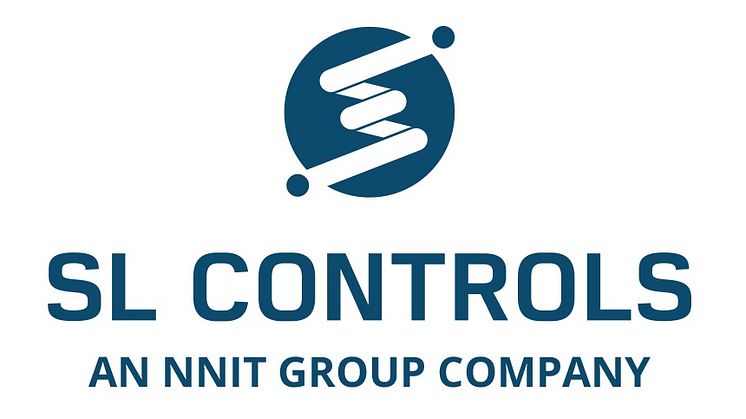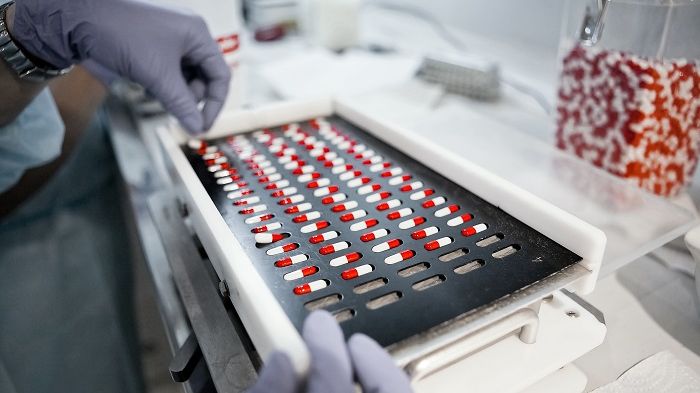
News -
Life sciences companies need to take further steps to protect themselves against the growing problem of counterfeit drugs
When talking about counterfeiting, most of us think about major consumer brands but, unfortunately, counterfeiting is also a major and growing problem within the life sciences industry – and to make matters worse, nobody knows exactly how big the problem is.
One indication is the Havoscope Black Market list, which places the life sciences industry at the very top with an estimated value of US $200 billion – closely followed by prostitution and electronics. Financially, that represents a huge loss of market share and revenue for the pharmaceutical industry, but it also represents a substantial safety risk for patients.
Another indication is the Pharmaceutical Security Institute reporting that, in 2020, “pharmaceuticals in every therapeutic category were targeted by criminals”. This means counterfeiters are not just targeting the popular ‘lifestyle’ drugs like Viagra, they are also copying life-saving therapeutics such as high-cost cancer treatments.
Despite the ongoing global regulatory march toward implementation of serialization and track and trace requirements to help secure the pharmaceutical supply chain, the problem persists and continues to grow, as infringers exploit vulnerabilities in complex global supply chains. And it is a problem.

Excellis’ Sean O’Hearen, who specializes in brand protection for life sciences companies, elaborates:
“The big risk in all of this, aside from the significant potential reputational risk and financial loss for the pharmaceutical companies, is the serious risk to people’s health. Patients potentially get a subpar product that is being traded either outside of, or as part of legitimate pharma supply chains. The consequence being that it is uncontrolled and untraceable and therefore unsafe”.
According to Chirag Shah, Sanofi’s Director of Product & Supply Chain Security, who specializes in the supply chain security aspects of brand protection, effectively managing risks related to counterfeiting and illicit trade requires a strategic, systematic, and multi-layered approach. While he endorses product serialization as an important security layer, he adds:
“The growing problem of counterfeit drugs calls for measures in addition to the regulatory requirements adhered to by life sciences companies. These days, manufacturers need to assess risk holistically, across their value chains, and understand all the points of weakness and how they can address those gaps to enhance supply chain security and patient safety. It’s a choice beyond serialization, which is not enough to stay ahead of the bad actors and protect the products or the patients in today’s risk environment”.
Getting beyond broad estimates
It is difficult to take action to counter a threat when you do not know the exact nature of that threat. And currently, the estimates available are based only on what is intercepted and only for the life sciences industry as a whole, not for an individual company, much less an individual product or brand.
So, how can we know how and where to target our efforts as a company and as an industry?
Sean O’Hearen explains:
“We have a big data problem in the sense that a lot of useful data exists to combat this problem, both company data that is proprietary and confidential and data from third parties and open-source intelligence. The main challenge is that organizations are often reluctant to share that information for obvious reasons. Another challenge is pulling all the useful data together and making sense of it and using it to drive enforcement actions. The Pharmaceutical Security Institute does collect blinded illicit trade incident data from numerous manufacturers, and they share that data with their members, but there remains a need for greater collective industry intelligence and analysis linked to coordinated action against the counterfeit industry. We need to get beyond that before we can start to ensure effective brand protection”.
He points to Excellis’ Brand Protection unit where they are currently piloting a system that can merge customer data with data from relevant networks and advanced analytics to assess and manage risk and prescribe solutions:
“We have an opportunity to design a platform that knits together disparate and numerous data sources to provide actionable intelligence to drive risk-based decisions for Brand Protection, and we are looking forward to working with many more customers on this; because if you cannot accurately assess the problem and the risk as well as gather and analyze all the intelligence, then you cannot come up with a solution to mitigate the problem and monitor its effectiveness”.
The goal – with time – is to build many of these Brand Protection platforms for individual customers and then offer to connect them to a consortium-type platform combining all data from all customers with relevant network data to provide an even clearer picture of the overall problem and risk of counterfeit drugs.
A very complex issue that needs to be addressed systematically
A further complication of the issue is that counterfeiting within the life sciences industry goes far beyond pirate copies of branded products being traded on the black market.
In addition to counterfeiting product concerns, manufacturers must deal with multiple risks, including:
- Counterfeit products being distributed and traded via legitimate supply chains.
- Theft of genuine products that are subsequently distributed outside the regulated and controlled streams.
- Genuine product that is diverted from its intended market or channel and then sold through unauthorized and/or uncontrolled channels.
- Genuine product that is tampered with in an unsafe way, such as over-labeling or modifying an expiration date for the purpose of re-selling the product.
- Or simple expired product that exits the reverse logistics stream and is resold on the internet to an unsuspecting buyer.
As always, the primary motivation behind all of these types of counterfeiting is money – securing profit for illicit traders, or patients looking to save money on an otherwise expensive product.
Of course, the biggest losers in all of this are the patients who unknowingly consume counterfeit products that are inferior or even useless as well as unsafe.
In response, the life sciences industry has long been and is increasingly – as far as possible – taking steps toward ensuring Brand Protection as well as adhering to the many rules and regulations governing the industry. But we need a more systematic approach, yielding more accuracy and clarity as a basis on which to continuously roll out (new) Brand Protection measures.




